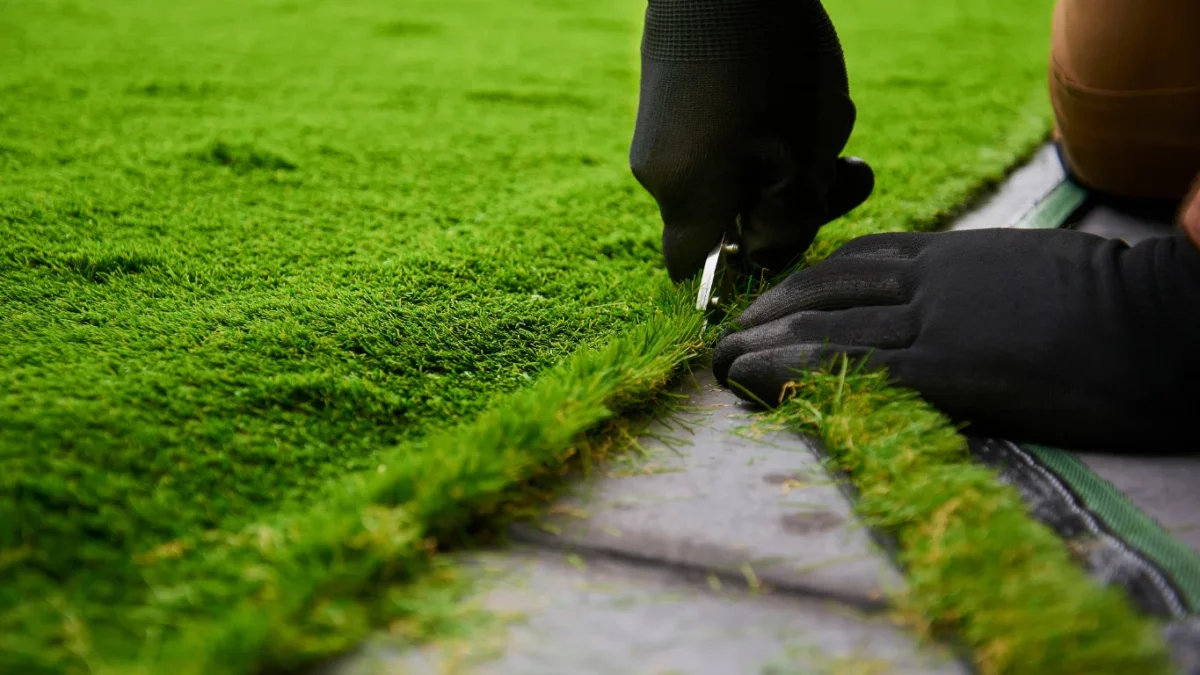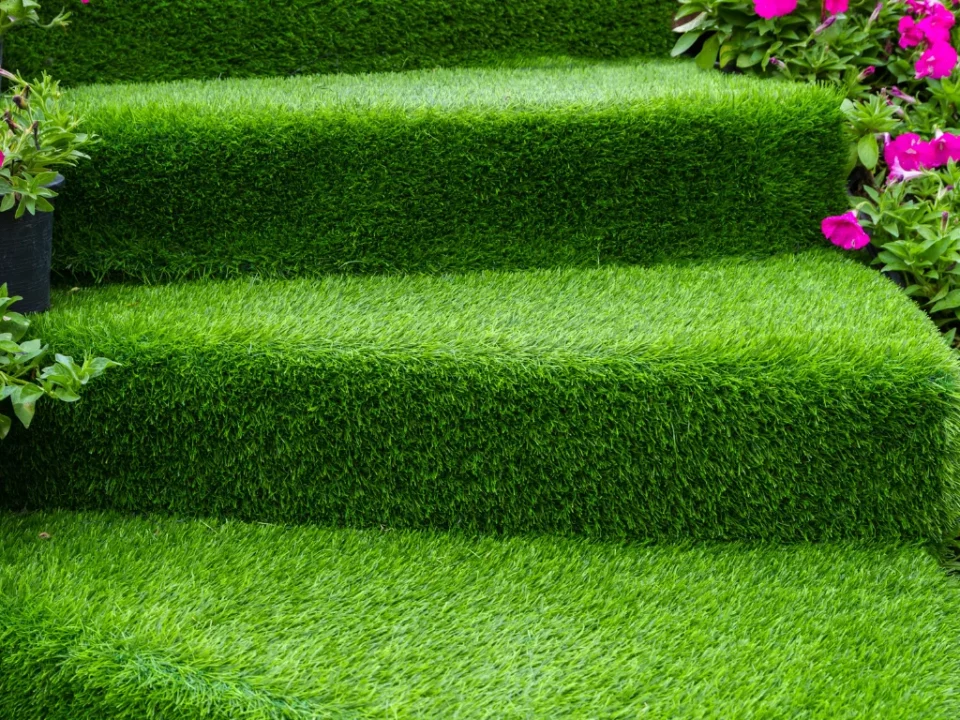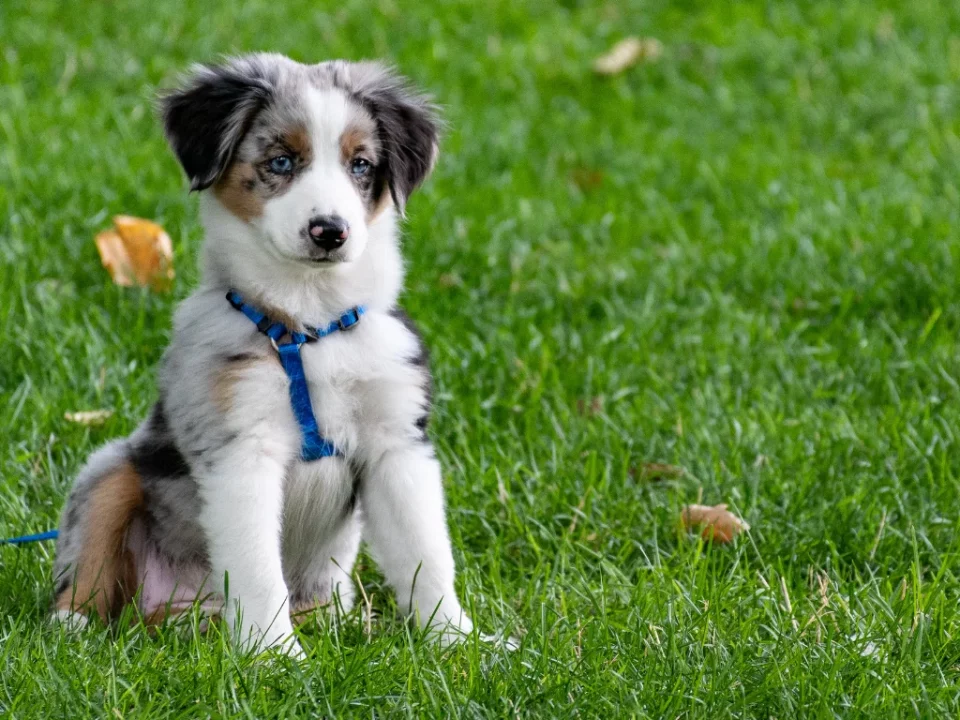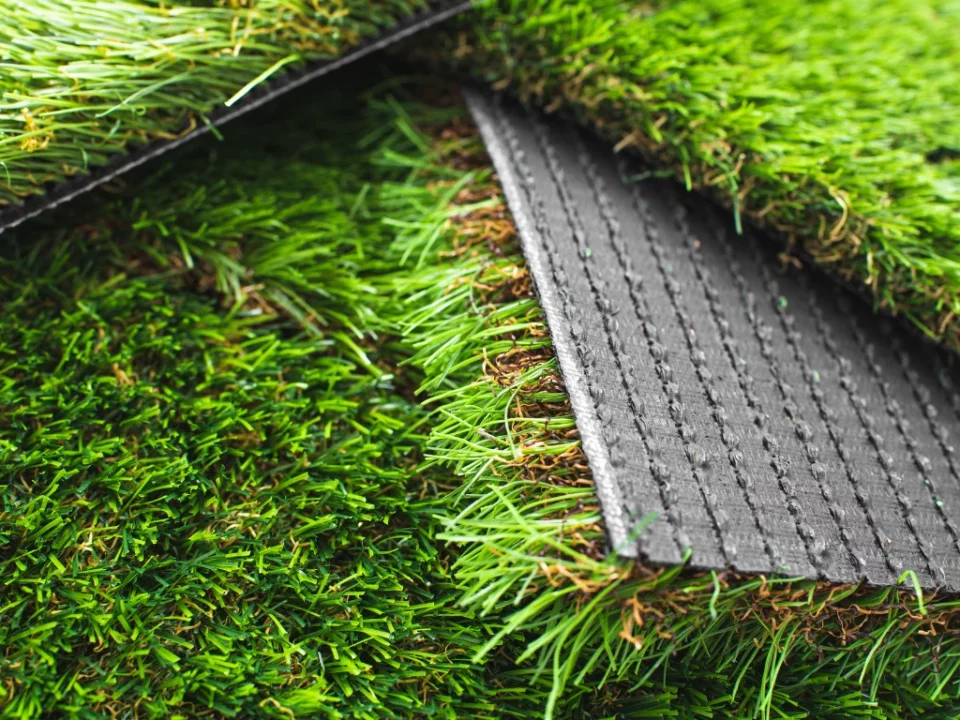Understanding what to expect during your artificial grass installation process is crucial for homeowners aiming for a seamless and successful lawn transformation. Whether you are switching to artificial grass for its low maintenance, durability, or year-round greenery, knowing the step-by-step process ensures you are prepared and confident as installers work on your property.
What to Expect During Your Artificial Grass Installation Process: Preparation and Groundwork
The first step in what to expect during your artificial grass installation process involves thorough preparation and groundwork. Installers will begin by clearing the area of existing grass, weeds, rocks, and debris to create a clean surface. This process may involve excavation to remove soil up to a few inches deep, depending on your landscape’s slope and drainage needs. A weed barrier fabric is typically laid to prevent future weed growth that could affect the grass’s appearance and structure.
Next, installers add a base layer of crushed stone or decomposed granite, which is compacted using a plate compactor to create a stable foundation. This step is essential for drainage, preventing water from pooling on your new lawn. The base is graded and leveled carefully to ensure proper water runoff and a smooth final surface. This stage sets the groundwork for a durable and aesthetically pleasing artificial grass installation that can withstand regular foot traffic and weather changes.
What to Expect During Your Artificial Grass Installation Process: Laying and Final Touches
Another important stage in what to expect during your artificial grass installation process is laying the turf and adding final touches. Installers will roll out the artificial grass carefully over the prepared base, making sure the fibers face the same direction for a consistent look. They will trim the edges to fit the shape of your yard precisely, whether you have curved garden beds, stepping stones, or sharp corners.
Seams between rolls of grass are joined with specialized adhesive and seam tape to create an almost invisible finish. The grass is then secured to the ground using landscaping nails or staples around the perimeter to prevent movement or lifting over time. Installers will spread an infill material, such as silica sand or crumb rubber, over the turf and brush it into the grass fibers. This helps keep the blades upright and enhances the turf’s natural appearance while adding weight for stability.
Lastly, installers will conduct a final inspection, brushing and grooming the turf to ensure it looks even and natural. They will also check for any loose edges or seams and make adjustments as needed. Knowing what to expect during your artificial grass installation process helps you plan your schedule and yard usage accordingly.
Overall, understanding what to expect during your artificial grass installation process allows homeowners to feel confident in their decision to invest in synthetic turf. From ground preparation and weed barriers to seamless turf laying and infill application, each step plays a role in creating a beautiful, long-lasting outdoor space that adds value and function to your property for years to come.






